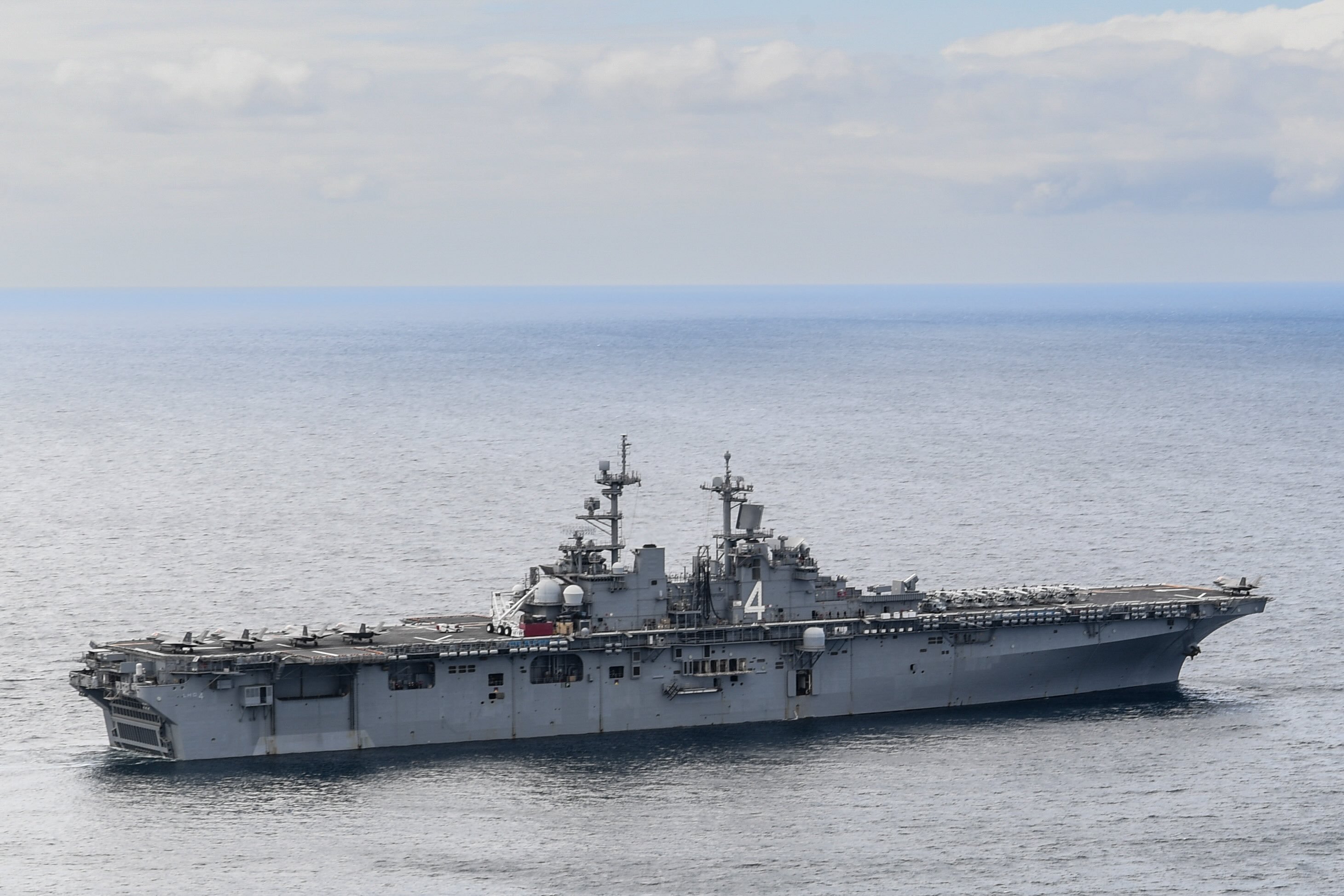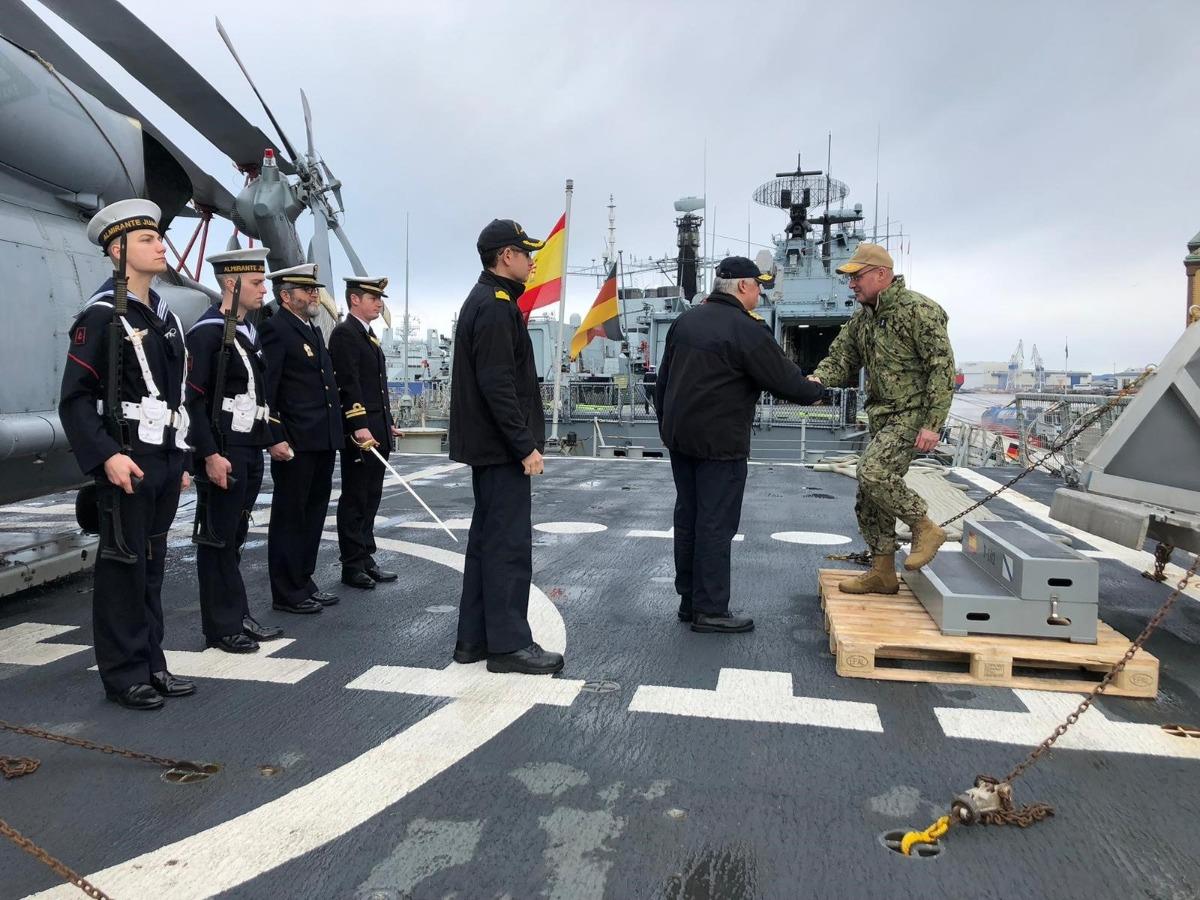
As the chairman of the House Armed Services Seapower and Projection Forces Subcommittee, Rep. Randy Forbes (R-Va.) has been both a booster and critic of the Navy’s quest to build more ships and its modernization efforts across its aviation, surface and submarine portfolios.
Last year, Forbes was highly critical of the Navy’s plan to layup 11 cruisers, the direction of the service’s Unmanned Carrier Launched Airborne Surveillance and Strike (UCLASS) program, been vocal about the lack of strategic direction of the service and publically wary of the rise in Chinese and Russian capabilities in the face of declining U.S. defense budgets.
Forbes sat down with USNI News last week to outline the goals for his subcommittee and the direction he’d like to see the Navy move into the future, how he sees China and the service’s strategic direction.
USNI News: What’s going to be the focus of your year ahead?
Forbes: I think you could lay some dots down from where I’ve been to kind of project where I’m going to go.
One of the real interesting things to watch is going to be whether we have renewed debate among Congress itself about what do with sequestration.
We started down this path when the administration started these [defense] cuts, even before sequestration. Now many of the same people in the administration are screaming and yelling, ‘oh look at all these pitfalls.’
You have those cuts then you have sequestration on top of that and that was before the 2011 Budget Control Act (BCA).
One of the real big things that we’re going to be looking at is, “are we able to get sequestration done away with as it pertains to defense?”
I think the answer to that is going to be yes but I think that’s just one component.
The next part of that is can we begin to turn those [budget] curve lines where they actually need to go.
I say those two big things, because everything else lines up based on those two questions.
…
Assuming those discussions go reasonably well, then we’re going back and asking what is our strategy across the globe and then what’s it going to take to fulfill that strategy.
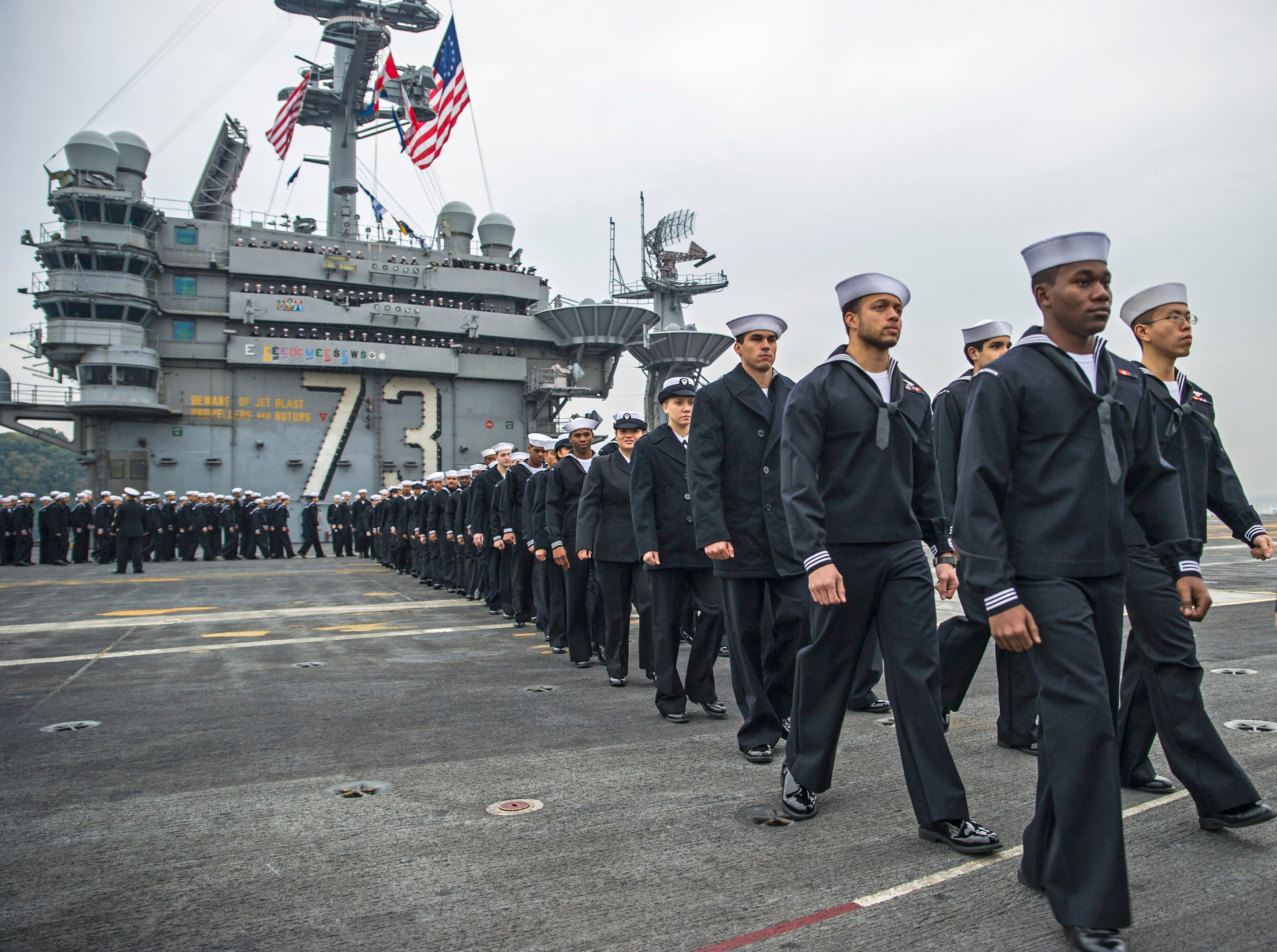
USNI News: How so?
Forbes: As I look at policy makers, I try to ask then is not, “how much money do you want to spend on defense and what can you get for that money but what do you want to give up?”
If you have nine choke points around the world, which one of those choke points are you willing to give up?
Are you willing to give up the Asia-Pacific area because we’re going to have two-thirds of all of the trade for the next decade are going to go through there? Are you willing to give up the Strait of Hormuz, which would be 30 to 35 percent of the oil in the world? We’re told by the CIA that if we lose it for two weeks gas will go up to $7.50 a gallon.
Then you ask do we want to give up our under water cables which do 95 percent of all international financial transactions which take place in this country everyday or do we want to give up any of our sea lanes, which is 85 percent of all of the goods that we’re selling in our stores, if you say, “no, we don’t want to[ give up] any of those” and we want to have this presence around the world.
Do the math and the math simply doesn’t add up to needing only 274 ships.
Eleven of that 274 would have been [Ticonderoga-class] cruisers that they would have beached with the electronics out of and radar of out of taking at least a year and a half, two years to get them back in the water.
Laying all that out… I think we really realize that we need to do these offset strategies.
We believe very strongly in the innovation and the technological component of what we need to be looking at but among that we think its vitally important that we keep our carrier fleet, keep them going strong, that we keep our surface combatants. I have yet to hear anyone from the Navy sit [in my office] and tell me that we don’t need those cruisers
We’re going to argue for those. We’ve heard rumblings that the administration might try and take out six destroyers next year. We will certainly fight against that, if that were to take place.
I think we have a great debate that’s going to go on UCLASS. And then we’re looking at our submarine fleet and whether or not two a year is going to be enough to get us where we need to be going.
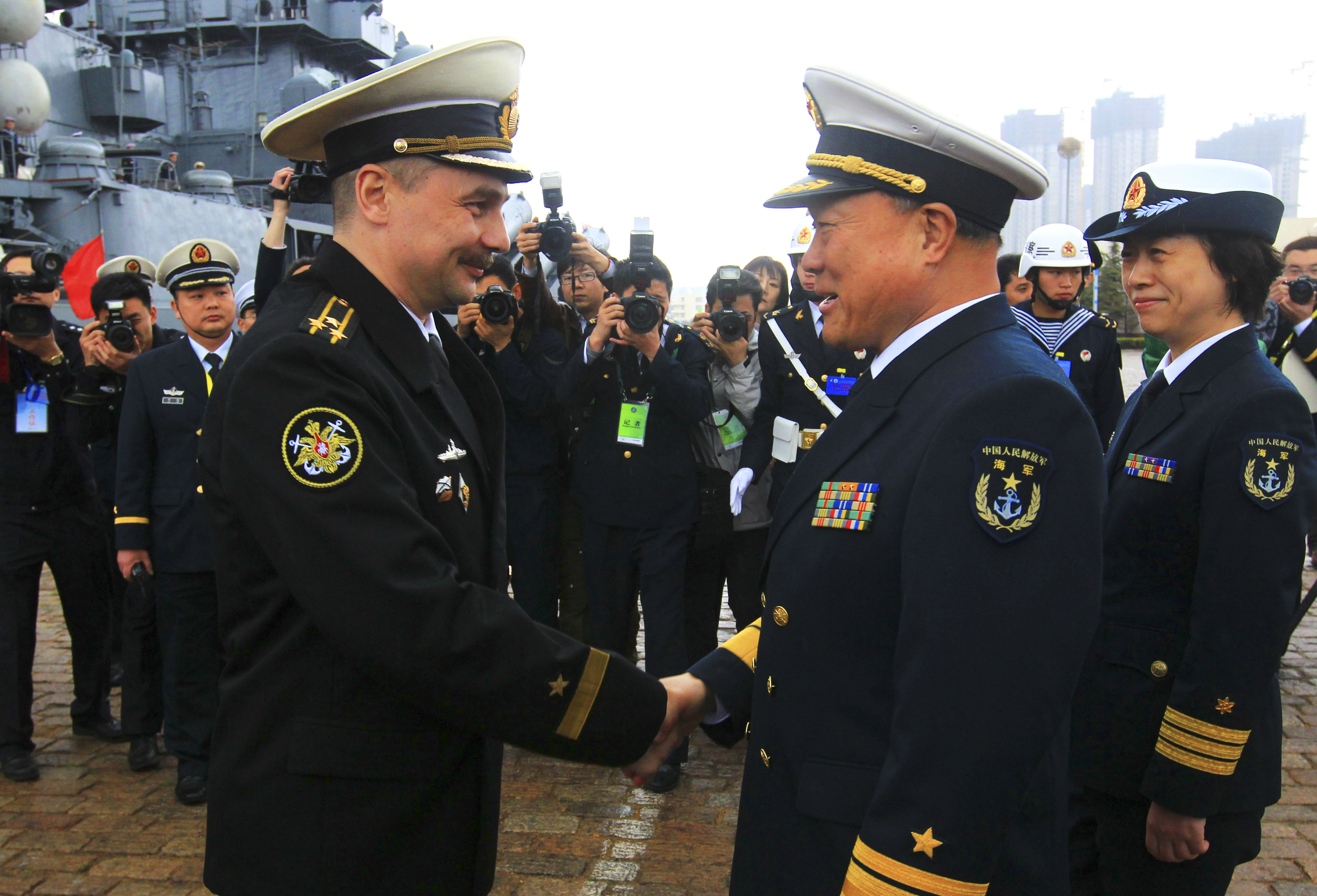
We’re focused on just China now, but China and Russia because as you know Russia is increasing their capacity and capability every single day. We’ve got to look at how much we want to spend but look at these capacities and capabilities we’re going to be dealing with our near-term competitors and make sure we have the strategies necessary but then the capacity and capability to deal with that.
USNI News: What do you think of the Navy’s current strategic posture?
Forbes: We don’t feel like we’ve had the kind of strategic planning and strategic thinking that we have needed out of the Pentagon for the last several years.
I think it’s nationwide. We’ve gotten to where we just react to the next six months or just the next few months.
Now more than ever we got to have a defense strategy that makes sense but also gives us the ability to do our acquisitions… you can’t do it with a 12 page defense guidance and the people in the Pentagon would echo that same [sentiment].
USNI News: What would you like to see from the Navy or the Pentagon as far as a strategy product? Would it be a single document?
Forbes: Strategies are not often a single document, normally they are a group of documents coming together but I would like to see an overall comprehensive strategy that’s greater than 12 pages that says this is how we’re going to deal with these capabilities coming out of China coming out of Russia and what we are predicting for the next decade or more.
The decisions that we’re making with the Navy are decade decisions they’re not a month down the road or 12 months down the road.

USNI News: At the Atlantic Council Sean Stackley, assistant secretary of the Navy for Research Development and Acquisition, made a full-throated call for Congress to roll back some legislation that places bureaucratic restrictions on the military. He mentioned specifically the BCA. What’s your take?
Forbes: It makes no sense to have 40 different approval processes for every platform we’re trying to put out there. You have good intentions with the Goldwater–Nichols [Act] but there are ramifications that come from that.
I don’t think any of us here would object to relooking and saying how do we streamline that process and make it more effective. It’s not just a cost increaser but it’s also a time delay. We can literally 22 and a half years from idea and conception from when we actually deploy something. That’s not acceptable in a world where Iran and China can do it seven to nine years.
We don’t win that math.
If we’re talking about how do we streamline that acquisition process and make that more effective we’d welcome that discussion. It wouldn’t even be a debate, it would be a discussion on how we can help bring that about.
But is Congress going to take a hands-off approach and let the Pentagon do whatever they want? We have no intentions of doing that.
That’s different from saying we’re going to continue to layer it down with needless bureaucracy on how we get something built.
One of the keys for us is how are we able to get more innovation in there… It’s not just the big companies. It’s how do we [bring in] the small companies because sometimes the small companies have the creative capabilities to come in and help do those design concepts.
We have to make sure we have room at the table for them.
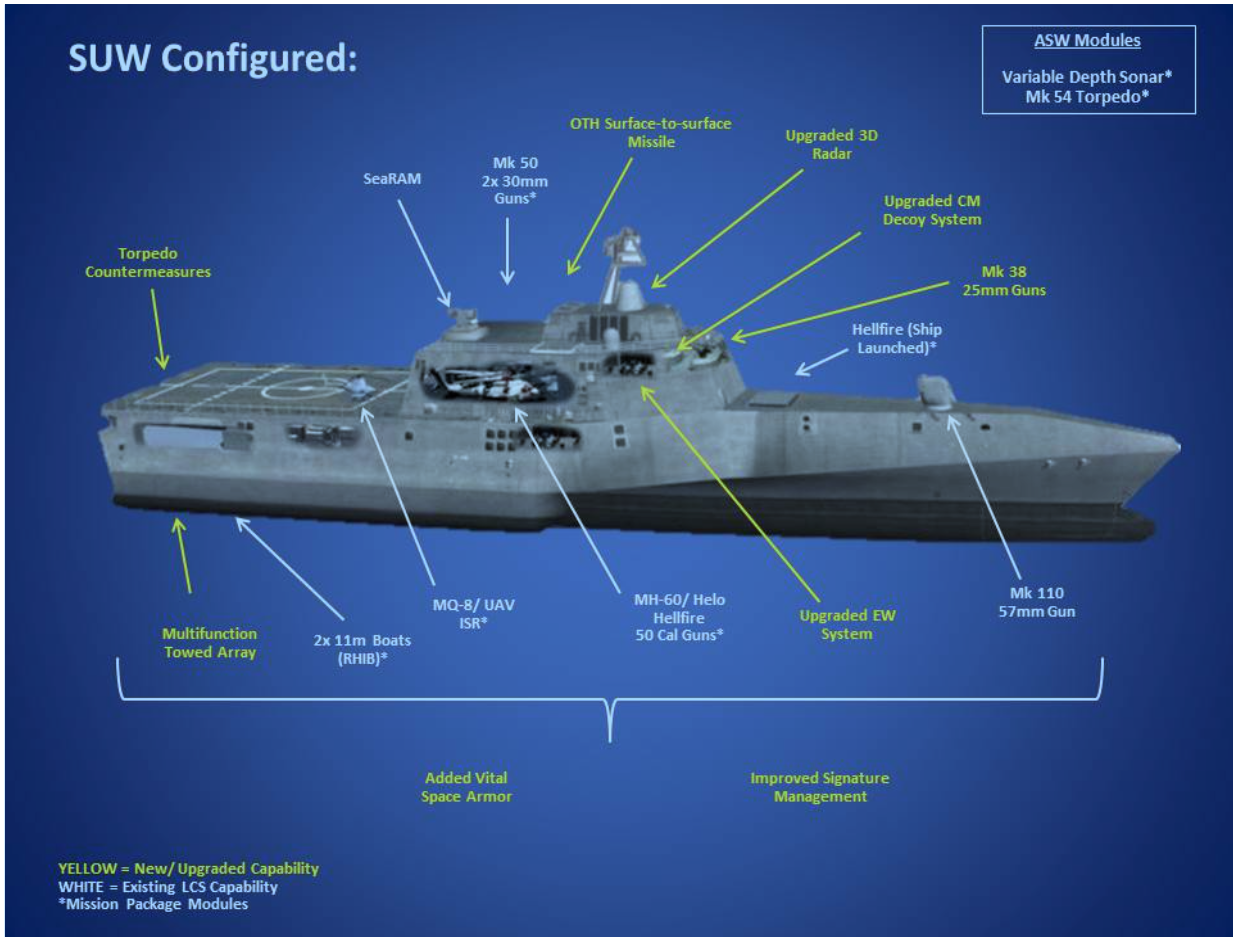
USNI News: The modified LCS concept is out now. The Office of the Secretary of Defense appears to be satisfied with how that’s moving forward. Sen. McCain said he had more questions about the platform. Do you have take on the navy’s decision?
Forbes: We haven’t had them come back and make that presentation to us and we need to make sure we allow them to do that.
USNI News: You mentioned China and Russia and with few exceptions the Navy doesn’t talk much about the capabilities of China and Russia in detail. Chief of Naval Operations Jonathan Greenert said in June that due to U.S. trade relationships with China it’s not helpful to talk in the open about China’s capabilities. Where are you in that discussion?
Forbes: His quote was a little more staggering than that. But I disagree that we shouldn’t even be discussing it.
That’s one of the things we have been advocating we ought to be looking at. If you look at the best thinkers at the Pentagon now they fully believe that we can’t just look at Chinese or Russian intentions but he have to look at their capabilities because intentions can change so quickly.
If you listen to the Chairman of the Joint Chiefs, he’s starting to take the tone that’s much more inline with what I’ve been saying for several years now, in terms of China and Russia.
USNI News: What are you looking for in the next budget submission? What are you hoping the Navy has heard from your fellow members, from your committee and the concerns that you have?
Forbes: [Stackley] was pretty pleased with what we were doing in the Navy and some of the steps that we have done. I’m hoping to see them continue forward with that movement. We can’t continue to let the Navy decline. We have to start rebuilding this Navy and we’re hoping we’re going to see that as part of what’s in that budget. If not we will relook and make sure that’s a part of that budget as we did when they tried to take the cruisers out and the carrier out and the Tomahawk missile production out and the amphibious ship. I hope they have gotten the message that Congress isn’t willing to go in that direction.
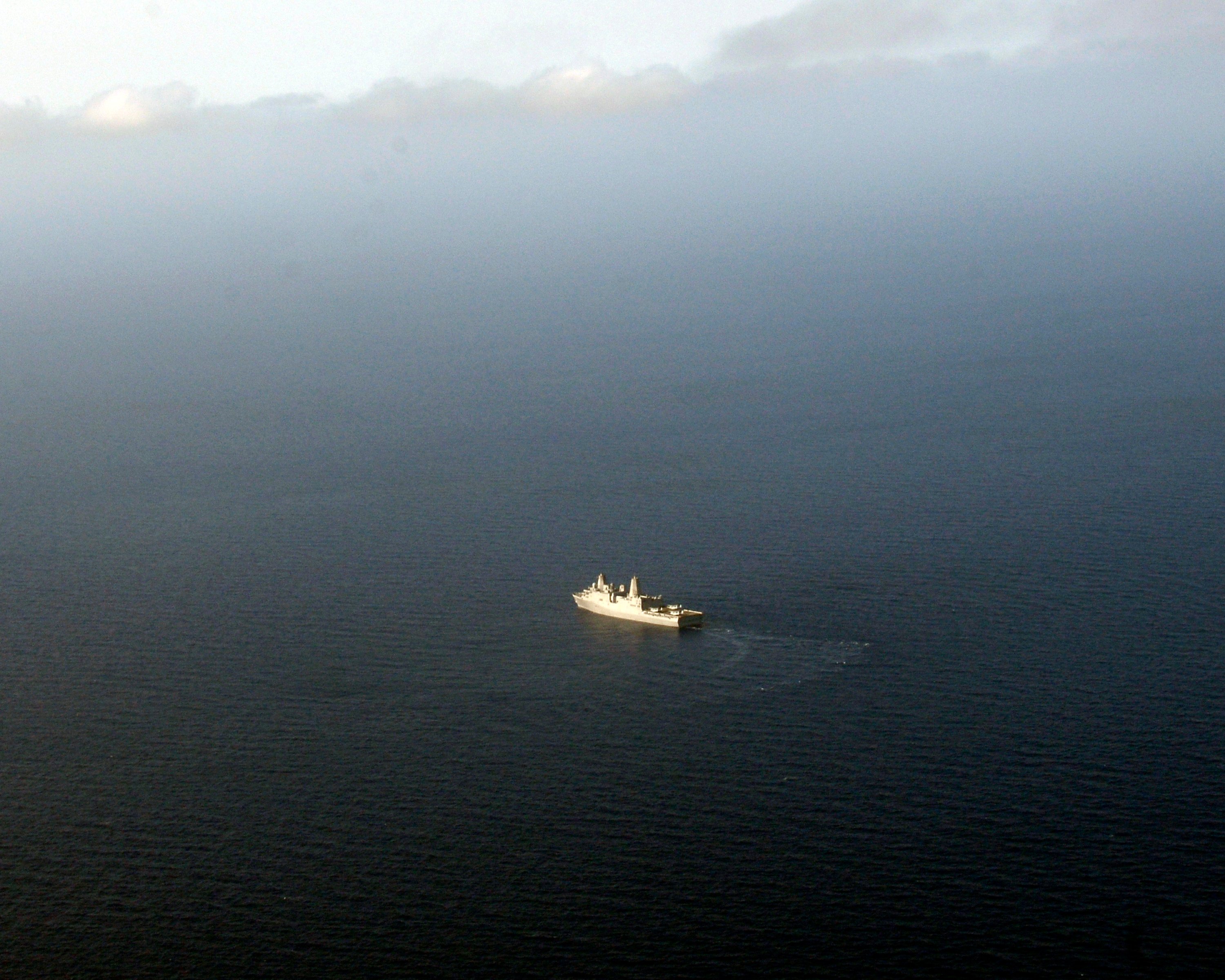
USNI News: Both of the Fiscal Year 2015 defense bills put in money for a 12th San Antonio-class (LPD-17). Do you think that the line should go beyond 12?
Forbes: Our concern is to make sure the Navy [goes in] the direction [of 12 LPDs]. We still have a deficit in funding of that [ship] and [the Navy] is concerned with that funding.
I think our first step is making sure we get that ship built.
USNI News: At the Atlantic Council Stackley mentioned capability gaps, like electronic warfare and the lack of a modern anti-ship missile, is there anything else you’re seeing from your position?
Forbes: There’s some he didn’t mention, that’s because they’re of a classified nature.
But I think the anti-ship missile capability is something we’ve been looking at. That’s why we worked on getting something in the budget last year, too. That’s a big concern for us. I think that would be a big concern for probably [U.S. Pacific Command commander Adm. Samuel] Locklear.
Despite the fact we’ve been doing relatively well with our submarines but anytime you do the math and say in eight years they’re going to have over 80 submarines and we’re going to have in the low 30s, that’s math equation isn’t real happy.
I think when you look in the gaps we have in carrier presence, we can’t afford to slide back in what we’re doing there. We think we have some huge concerns with what we might want to be doing with UCLASS, because we see where they might be going. The electronic warfare, cyber, what we do in space in terms of protecting our satellites — all of that is incredibly important because if you lose those capabilities it impacts us overall in terms of our capacity and capabilities.
In the last five years no one was mentioning those deficits no they’re beginning to talk about them and that’s a big turn that I’m excited to see.
It’s not just [Stackley], you hear the Chairman [Dempsey] talking about the same thing in his speeches as well.
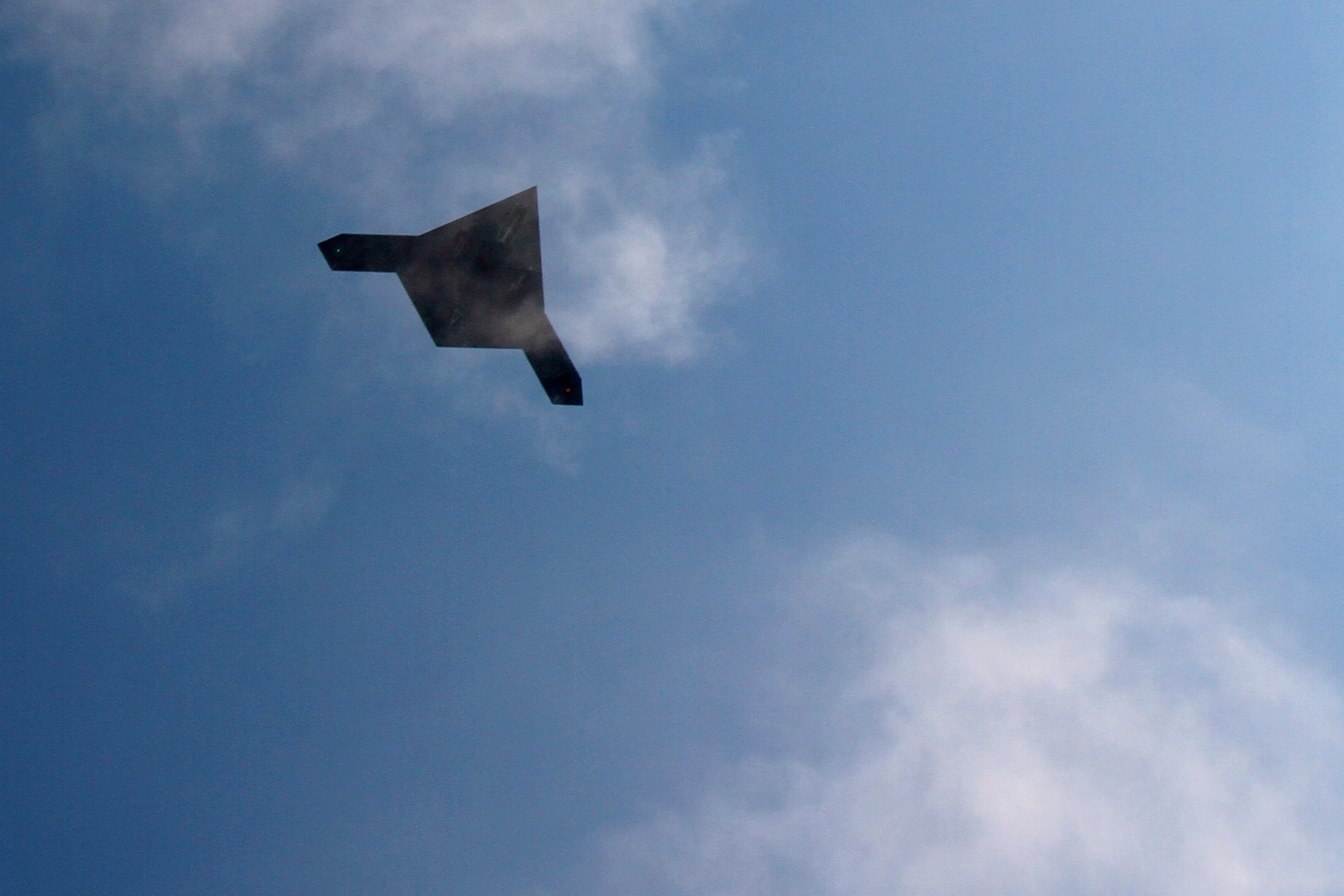
USNI News: Talking about UCLASS, apparently the Navy and OSD have reached some type of accord on what that concept is going to be and they’re going to release it as part of the budget submission as to what it’s going to look like. Do you have an inkling what that is or what that looks like?
Forbes: Yes, I have an inkling but no inklings that I can talk about.
I want to be fair in that I think the [DoD] and the Navy in bringing us into that but there’s not much I can talk about.
But I have lines I can’t cross on that, but I’m pleased with the direction they’re now going in.
USNI News: Were you satisfied with the Navy’s response with what you asked in your letter to CNO Greenert on strategy?
Forbes: I was pleased and satisfied with the response that they gave with their willingness to really look at these issues and the movement that they are willing to start making.
But in all of these things, the proof is in the pudding but right now I think they have been very responsive.
We’re looking at what they’re doing with strategy and the officers they’re bringing in with that. I don’t know if it would be realistic for me to say they’ve done much more.
…
It’s been interesting to see the development of Chinese strategy and how that’s evolving — much different from what the Pentagon thought it was four or five years ago but it’s more in line with what we thought four or five years ago.
It’s absolutely accurate, they realize how big this concern is now and it can’t be swept under the rug right now.
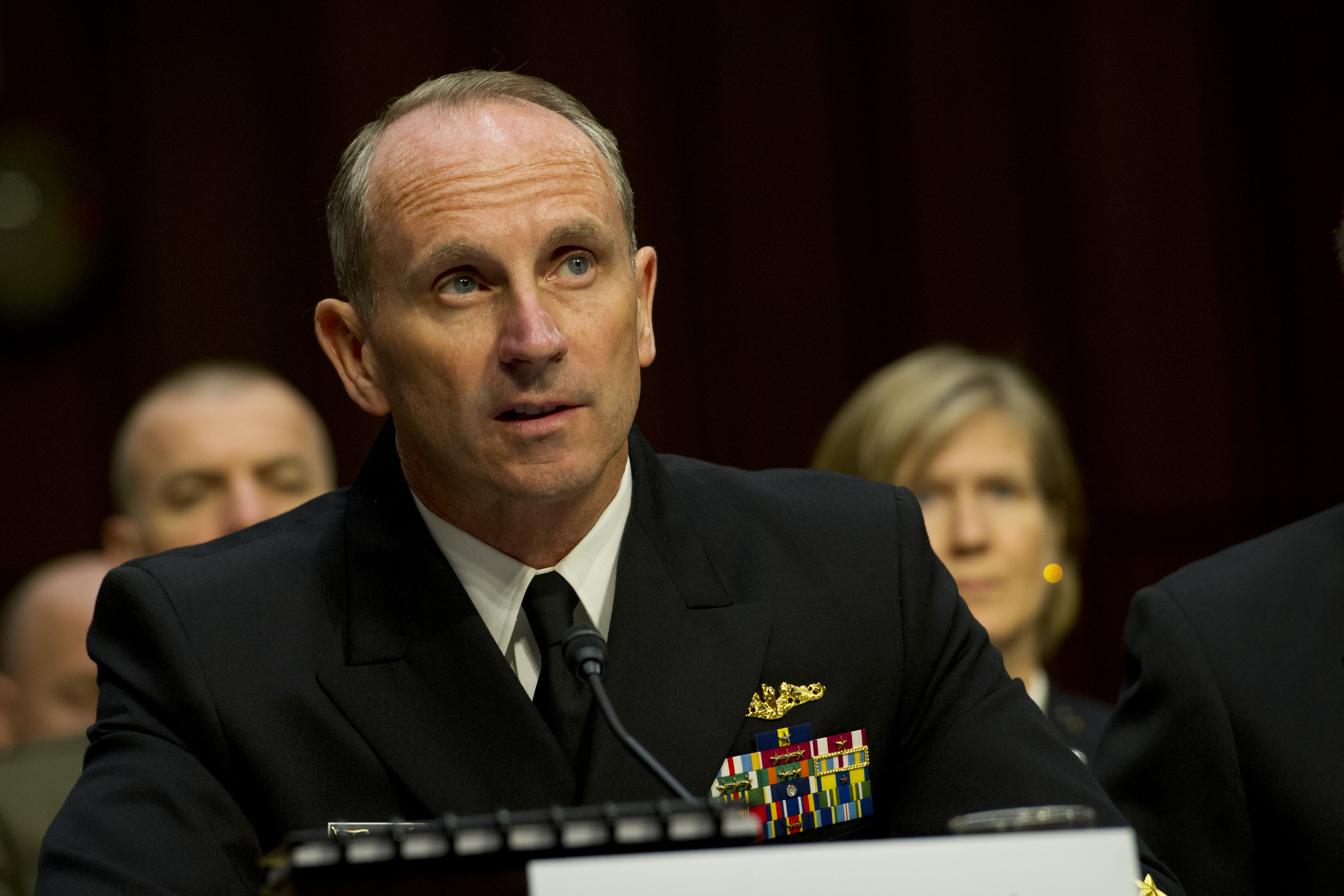
USNI News: What do you want to see from the Navy this year?
Forbes: I think a continued partnership with Congress in terms of making sure we’re jointly rebuilding the United States Navy so that we can meet the strategic goals it must meet. Not just in the foreseeable future but in the next one to two to three decades.
I am pleased with movement we’ve seen but I think but we’re going to look to continue that kind of partnership as we go through this year.
If we do, there’s a lot we’ll be able to accomplish.


